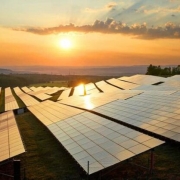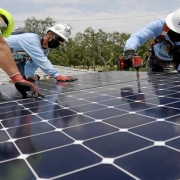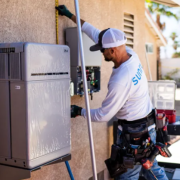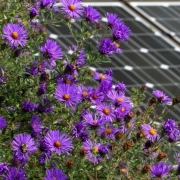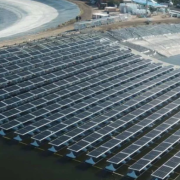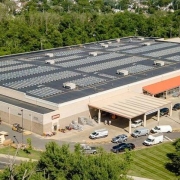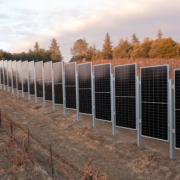On Feb. 7, Minnesota Gov. Tim Walz signed a clean energy bill into law that requires the state’s utilities to get 100% of their electricity from carbon-free energy sources by 2040.
Minnesota now joins 10 other states with commitments to 100% clean or renewable energy — several of them driven largely by our advocacy and the support of people like you.
Together, these 11 states account for more than a fourth of our country’s total electricity consumption. These commitments are helping change the energy landscape — we know America could power itself on renewable energy many times over; we know our country today generates three times more clean, renewable electricity than it did in 2012; we know renewable energy adoption continues to exceed expectations, and that solar, wind and other renewable energy sources provided nearly three-quarters of new electrical generating capacity in 2022.
Click here to read the full article
Source: Environment America
—
If you have any questions or thoughts about the topic, feel free to contact us here or leave a comment below.


